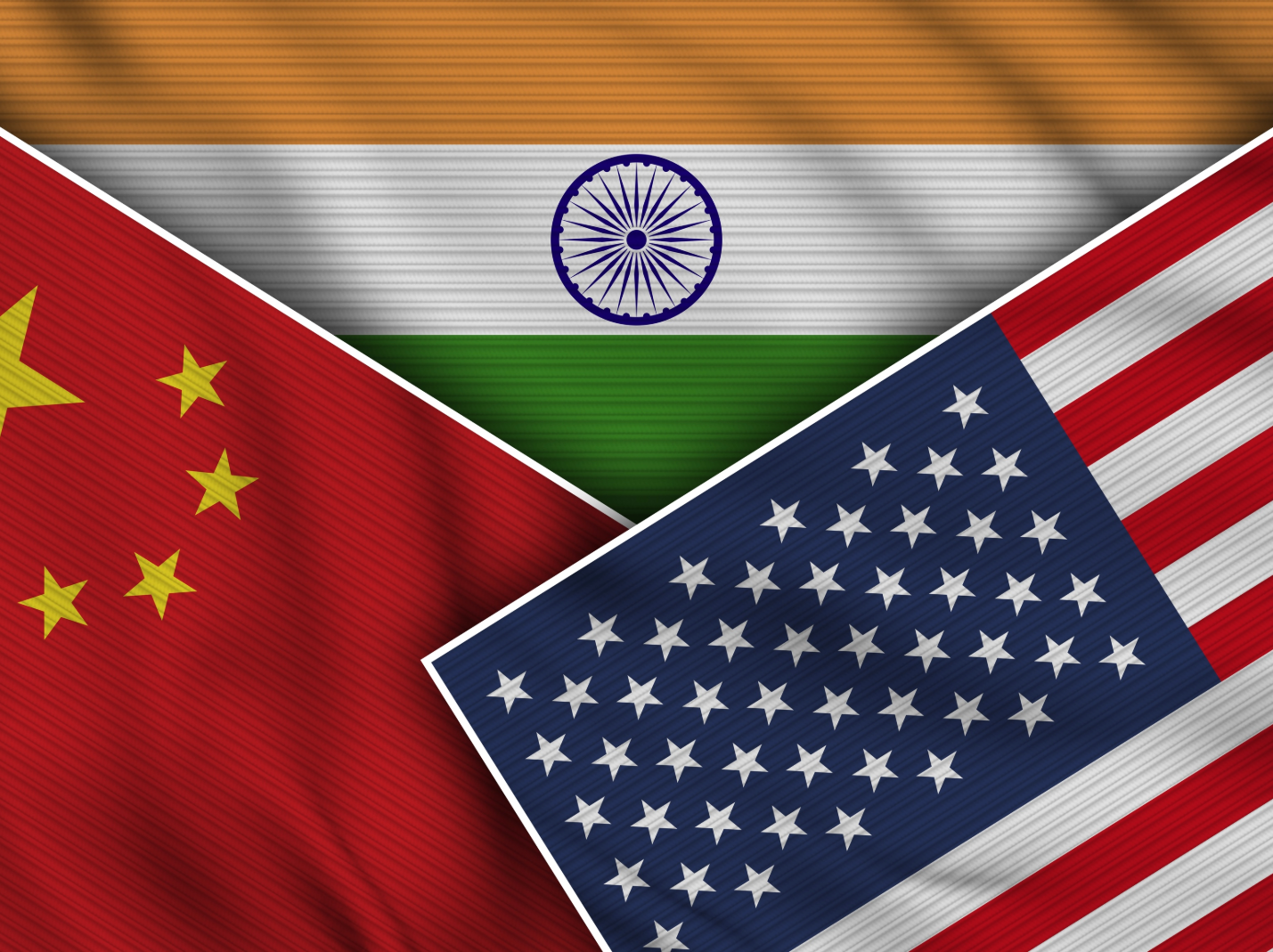
On January 1, 1990, Charles Krauthammer penned a piece for Foreign Affairs in which he asserted that the world had now entered the “Unipolar Moment,” a moment in which the United States remained the sole superpower and arbiter of world affairs through the American-led financial, trade, economic, and security-based system.
In this article, Krauthammer stated:
It has been assumed that the old bipolar world would beget a multipolar world with power dispersed to new centers in Japan, Europe, China and a diminished Russia. This is mistaken. The immediate post-Cold War world is not multipolar. It is unipolar. The center of world power is an unchallenged superpower, the United States, attended by its Western allies.
It was also during this period that Stanford professor Francis Fukuyama proposed his End of History thesis. Fukuyama’s thesis held that following the end of the Cold War, the world would become a universal liberal system based upon Enlightenment values.
Fukuyama explains:
The state that emerges at the end of history is liberal insofar as it recognizes and protects through a system of law man’s universal right to freedom, and democratic insofar as it exists only with the consent of the governed.
The American governing elite, financial and tech firms, as well as the American higher education system, subscribed to this thesis, promoting an open-society model of education, globalized free trade and supply chains, as well as the concept that national borders and citizenship should be diminished, as all of humanity are citizens of the world.
[RELATED: Trump’s China Pivot Hurts America in Every Way]
Indeed, many of America’s foremost educational institutions and associations supported this thesis, opening their gates to international students to increase their revenue pools while expanding their educational offerings and partnerships with institutions across the global south.
New funding streams opened up from wealthy donors and foreign nations, including China, Saudi Arabia, and Qatar—now three of the largest donors to American universities—and joint academic and business ventures in the STEM (Science, Technology, Engineering, and Math) fields that went largely unregulated. Over the decades, the American higher education system has become increasingly dependent on foreign students and funding to remain solvent, evolving as well into a revolving door through which pass technology firms that have become reliant on cheap foreign-born but American-educated workers (i.e., the H-1B and F-1 OPT visa programs).
On September 19, 2025, President Donald Trump signed an executive order titled “The Restriction on Entry on Certain Nonimmigrant Workers,” which imposes a $100,000 fee for any new and future H-1B visa recipients. The order states clearly:
The H-1B nonimmigrant visa program was created to bring temporary workers into the United States to perform additive, high-skilled functions, but it has been deliberately exploited to replace, rather than supplement, American workers with lower-paid, lower-skilled labor. The large-scale replacement of American workers through systemic abuse of the program has undermined both our economic and national security.
Managing Editor of Minding the Campus Jared Gould has written extensively on this issue:
Employers’ decisions are not about merit but about exploiting the H-1B program to cut costs, effectively undercutting American workers. They are less concerned with perceived shortcomings—like a supposed lack of well-roundedness among native-born workers—and more focused on the higher price tag associated with hiring Americans. This unfairly diminishes the value of American graduates, particularly in STEM fields, who are often highly qualified, meet all the necessary criteria, and possess the skills to excel. The real issue isn’t their capability—it’s that American workers rightfully expect fair compensation for their contributions.
Yet, Gould also makes an important point that Trump’s H-1B visa ban overlooks: “Most importantly … we need to focus on a more targeted critique of higher education’s role in perpetuating this dynamic within the H-1B conversation.”
Commerce Secretary Howard Lutnik commented in a recent Reuters article, “If you’re going to train somebody, you’re going to train one of the recent graduates from one of the great universities across our land, stop bringing in people to replace American jobs.”
What Secretary Lutnik fails to address in his comments is the fact that the majority of recent graduates from our esteemed STEM universities are foreign-born.
As previously stated, both Indian and Chinese nationals comprise over 50 percent of America’s graduate student cohort in STEM fields at U.S. universities, replacing domestic students who seek these limited positions in America’s top institutions and monopolizing the foreign applicant pool from international students from other nations.
This then feeds into the H-1B system. Indeed, India and China are known as the central source amongst tech firms for the large number of H-1B Visa workers they employ, “with India accounting for 71 percent of approved beneficiaries, while China was a distant second at 11.7 percent.”
The high number of graduate STEM students from India and China originates from the exuberant period of optimism following, as mentioned previously, the Cold War, when the U.S. was, as Krauthammer correctly posited, the sole superpower. This dynamic has changed, however.
Thus, if America seeks to possess an adequate pool of domestic tech talent to fill the advanced manufacturing jobs of the future, it must reform the current international education system to properly remedy the student exchange crisis in STEM fields to align with the emerging multipolar world.
[RELATED: Xi’s Secret Weapon? U.S. Higher Education]
Both China and India are great power competitors with the U.S., and they send their students to American universities to gain the training and education necessary to bolster their domestic technology talent pool. Many of these students then transition into the American workforce through H-1B visas, while others return home to aid directly or indirectly in the creation of new technologies to rival the United States in the missile, space, and artificial intelligence (AI) race.
To drive these points home to the interested reader, a recent essay by the Information Technology and Innovation Foundation (ITIF) titled “How China is Outperforming the United States in Critical Technologies,” found that China has reached near-parity with the U.S. in AI output:
China has emerged as the leading global power in the creation of emerging technologies, dramatically outperforming the U.S. in the vast majority of critical technological fields. China’s strategic, state-backed scientific advancement across advanced sectors, driven by bold industrial policy, generous government subsidies, and ecosystem integration, has resulted in a surge of global patents, indicating it has transitioned to become a global innovation leader.
In addition, the Australian Strategic Policy Institute found that China is currently leading in key critical domains such as AI and robotics, writing, “China surpasses the United States across all eight critical technology domains,” and “Despite US leadership in AI, China produces more top publications.”
Add to this the fact that China currently awards four times as many STEM degrees as the U.S.—not including the STEM degrees earned by Chinese graduate students studying in the U.S., which, this writer argues, should instead go to domestic students.
While the ITIF report does provide some reassuring news that in seven out of the 64 critical technology categories American researchers produce a higher share of the top ten percent of quality publications, it is this writer’s belief, that these are most likely the critical tech gap domains which the CCP is focusing on attaining through U.S. STEM graduate exchange, whether that be through training and education, or research and technology theft.
This is the reason China’s new Double First Class Initiative and its next generation intelligent campuses pose a serious threat to corporate fin-tech and defense firms, as research can be stolen from the West, and applied to China’s Military Civil Fusion model or streamlined through an expedited peer review process that outpaces Western publications thereby gaining legal patents to that research that is then applied to global markets through the rollout by China’s state backed firms.
The ITIF does provide sound recommendations at the end of the report such as increased federal funding on education and long term large scale projects, yet the ITIF does not address the elephant in the room, that being that America’s universities have been infiltrated by the CCP, and that China has built its advanced AI, quantum and other critical technologies off of stolen research generated by American universities and the expertise and training that these universities have provided to Chinese STEM students.
While often viewed as a counterbalance to China—being a populous, English-speaking, democratic neighbor—India carries its own geopolitical risks. Its governance resembles Putin’s Russia in many ways: autocratic, nationalist, and religiously infused, and it sees itself as a civilizational state opposed to the West.
Indeed, India supports Putin’s war against Ukraine by purchasing record amounts of Russian oil and is also a close ally of Iran, investing in major multi-modal port rail projects, and is the second largest purchaser of Iranian oil – the first being China. Much as China supports the Ukraine war effort and North Korea’s nuclear proliferation and missile technology, India falls into a similar category with Russia and Iran. Thus, India is a hedge against China, but it is also a risky partner pursuing policies at odds with the U.S.
[RELATED: Trump Has Rolled Out the Red Carpet for Chinese Students]
While India is not the immediate near-term threat to the U.S. that China is, a more cautious policy in relation to the transfer of next-generation critical AI and quantum technologies should be enacted. Their burgeoning markets are important, as is U.S. tech investment in India; however, alliances can shift with the winds, and a proactive tech transfer policy would be prudent.
Even if the critical reader is not persuaded that India presents a threat, it is an indisputable fact that Indian graduate STEM students, as well as their Chinese counterparts, are taking a disproportionate share of STEM seats from American domestic students. (Not to mention other international student groups that make up a small portion of the overall international student population in the U.S.)
Because America largely chose to send manufacturing jobs to China in the 1970s and 1980s and shifted communications and service work to India in the 1990s and early 2000s, the U.S. now struggles to secure both manufacturing capacity and tech talent. To ensure that AI and other high-tech jobs remain on American soil, the higher education system must be reformed and strengthened.
This requires a new, domestically based funding model, supported by U.S. tech firms and financial institutions, to serve the national interest rather than foreign powers. The open-society narrative that emerged during Fukuyama’s End of History and Krauthamer’s Unipolar Moment created the foreign-funded graduate STEM ecosystem now monopolized by rivals, fueling the H-1B system and replacing domestic students in critical technology sectors.
Commerce Secretary Lutnik was correct to support President Trump’s H-1B reforms, but to be effective, these changes must also address the STEM graduate student shortage in U.S. universities. Winning the AI race requires abandoning the unipolar mindset and the open-society framework. The U.S. must recognize that the Multi-Polar Moment has arrived and ensure that democratic freedoms, research, and American talent remain protected.
Image by MotionCenter on Adobe Stock; Asset ID#: 447552125
